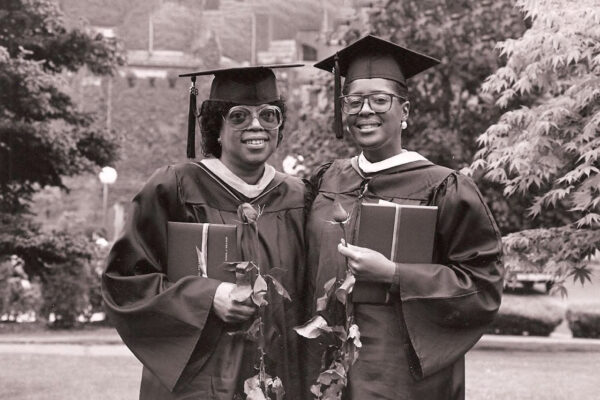Disrupting the Bachelor’s Degree
It was 2001, and Florida had a serious higher education capacity problem. One major indicator: the state hired 32,000 new teachers, but its colleges and universities combined to graduate 3,200 students with bachelor’s degrees in education that year and only about 1,600 of them actually went on to teach.
At the same time, Florida’s four-year public universities were growing and evolving in their missions, adding resources like research centers and medical schools and becoming more selective on the admissions front.
That is when the state started down the path of having community colleges offer bachelor’s degrees, said Sanford C. (Sandy) Shugart, president of Valencia College (FL) and a panelist on an ACE2016 session Monday on the topic of “Disrupting the Bachelor’s Degree: Community Colleges and the Future of Credentialing.” The degrees are in areas ranging from teacher education to niche areas such as sign language interpreting.
The Florida initiative is designed as a “two plus two” degree, where students first enroll at a community college to earn their associate’s degree and then, upon completion, continue at the same or another two-year institution to earn their bachelor’s degree. And it has proved successful.
“It has added value where we knew there was an unmet need,” Shugart said.
Also participating in the panel, moderated by Jason Palmer, deputy director of postsecondary success at the Bill & Melinda Gates Foundation, was Lynn Neault, vice chancellor of student services at the San Diego Community College District.
California is launching a community college bachelor’s degree pilot program in 15 of its community college districts, a move propelled by the same forces that shaped Florida’s initiative, Neault said. The first pilot programs begin in fall 2016.
“Public universities in California simply can’t meet demand,” Neault said. “We are very confident we will be like Florida and this will be here to stay.”
Shugart said there are emerging questions as these types of initiatives advance, such as what degrees to offer and how to design degrees. The “two plus two” option requiring that a student earn an associate’s degree before applying as a baccalaureate student, for instance, is meant to spur mobility between high-access colleges. But it also can increase a student’s time to degree.
The California pilot prevents baccalaureate community college programs from offering degrees that duplicate what is offered by the state’s four-year institutions, Neault said.
But Shugart said his experience with Florida’s initiative demonstrates that “mission creep” doesn’t need to be a problem.
The goal is to have “sound programs for sound reasons,” he said.
By Jon Riskind, ACE’s director of Public Affairs.
If you have any questions or comments about this blog post, please contact us.
